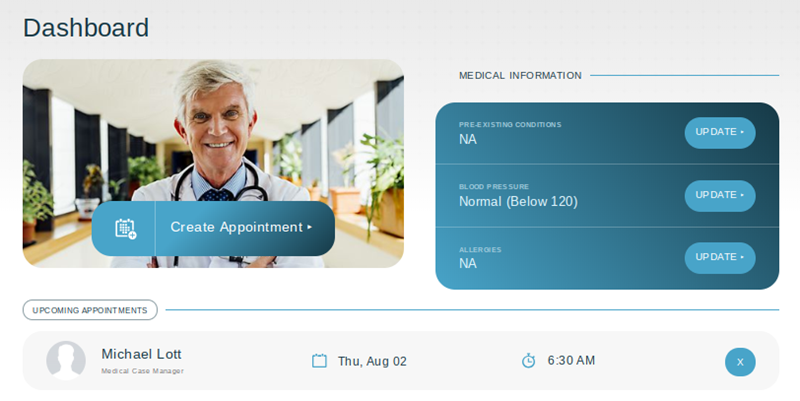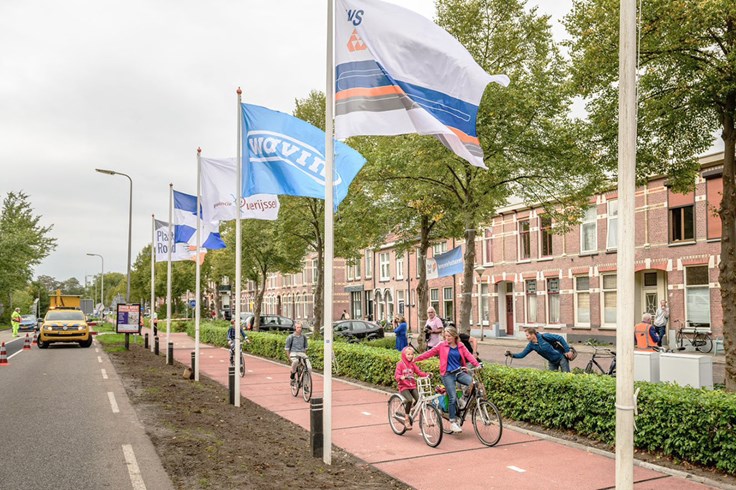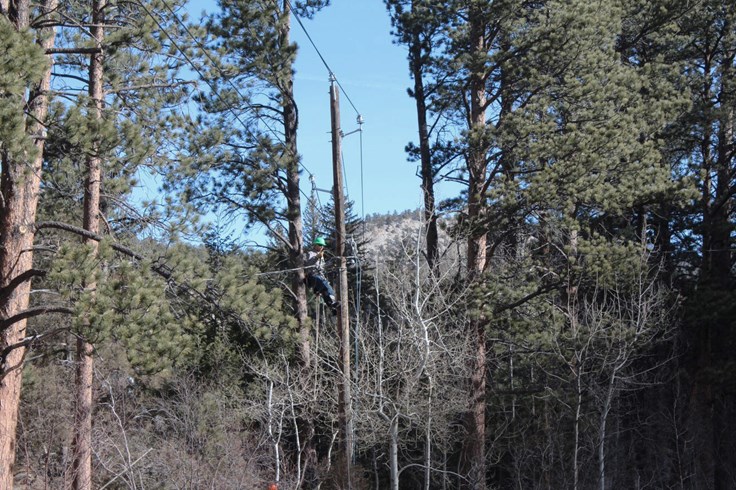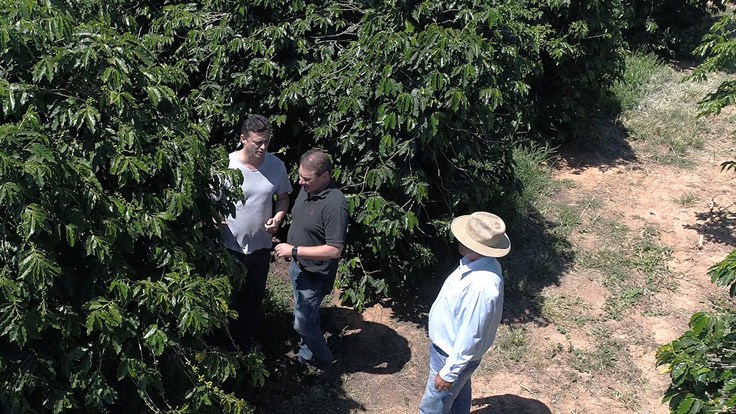James Cowan clearly remembers the day that the idea for his telemedicine platform was born.
He was boarding a flight for work when his wife called to say one of their four children had a common illness, one that she could identify but needed a prescription to treat. There was nothing he could do, other than wish her luck in taking four children to a doctor’s clinic full of sick and contagious people, and wait more than an hour, to finally receive a prescription for the condition.
Understanding his wife’s frustration at a day lost, James put his experience working in the smart economy to work. After a bit of thought and a quick back-of-an-envelope plan, by the time his flight landed, the idea of Docity was taking shape.
"Over the next decade, we believe that over 30 percent of in-person visits can be eliminated at 30 percent of the cost."
- James Cowan, founder, Docity
Docity is a telemedicine platform—or as James puts it, a grid for digital healthcare—by which people who live in small cities or rural areas can make virtual doctor appointments by video and have prescriptions sent electronically to the pharmacy of their choice. Patients sign up for one of Docity’s range of services that connect them to telehealth services privately or through an internet service provider.
“By partnering with the people who own and operate the fiber connections, we can work together to create the most secure possible channel to do high-resolution, low latency doctor visits and provide a better experience to the communities we operate in,” says James.
Addressing the Gaps
In smaller cities, many people have to drive for almost an hour to get to a doctor’s office, and visits to a specialist can mean even longer travel times. Docity works when implemented in rural areas and smaller cities not located close to a large city. But the platform requires good quality internet access. And James had a secret advantage to help his fledgling idea—he lived in the “gig city”—Chattanooga, Tennessee.
Chattanooga became the first U.S. city to roll out a citywide gigabit network, in 2010. It did so using Dura-Line conduit. Dura-Line conduit houses and protects fiber optic cables, connecting cities to faster internet networks. It is designed with the capacity for extra fiber to be added to in the future without the need for more costly construction.
By 2015, Chattanooga’s fiber network, run by the local government’s electric board, reached 10 gigabit speeds. This fast and reliable data was the key to Docity working smoothly and delivering value to the community. Like Docity, hundreds of tech-related startups and entrepreneurs emerged in the city after local government had the foresight to invest in high-speed fiber networks with Dura-Line conduit.
That investment has paid off many times over, with Chattanooga often named among the best places in the U.S. to live, work and start a business.
“Speed and clarity and latency of that connection was a huge benefit to us, but even more so to our members and service providers.”
– James Cowan, founder, Docity.
By the end of 2019, Docity will be rolled out in 10 markets across five U.S. states where people have to travel long distances or are disconnected from larger markets.
A Potential Solution for Communities Around the World
The demand for a quick and reliable healthcare experience in the U.S. is on the rise. But James Cowan and Docity’s cofounder, Will Bewley, have another mission—to expand their telehealth platform internationally, especially in developing countries.
“We see a strong future in the U.S. market, and have good evidence to indicate that our model might be even more effective in other countries,” James says.
But the challenge for the rest of the world is the data communications infrastructure. You need a good connection and bandwidth to use a platform like Docity. According to the founders, 10 Mb is the minimum requirement, but for a smooth connection with good resolution, they would like to see 100 Mb or more.
This will require substantial investment in data infrastructure. But it’s an investment that pays dividends. And Dura-Line’s vision is of a world where everyone enjoys access to data at speed and they too can make use of digital services that save time and money and improve health outcomes.
James says that developing countries are really starting to discover exactly what you can do when you have high-speed connections. “The cost savings plus the ability to develop a new sector of your economy in terms of connected health, it can be transformative.”





